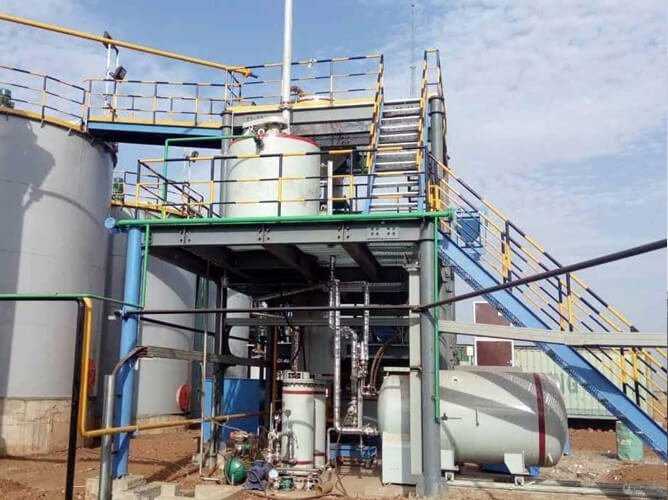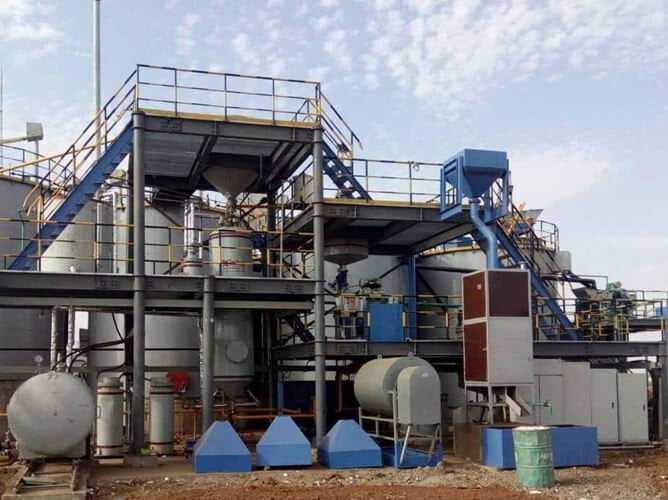

Gold CIL processing plant
Carbon in Leach (CIL) process is widely used in the mining industry and in particular, it is an integral step of gold processing in gold extraction. Normally the CIL process can concentrate gold from 2.5–3.5 g/t in ore to 2000 to 6000 g/t on carbon.
JXSC Gold Carbon in leach solution
The CIL process is complex as it involves leaching and adsorption of competing species, influence of cyanides, oxidizing agents and passivating agents and attrition of carbon. And our JXSC Mine Machinery has rich experience for design, control, and optimization of such a complex process for nearly 2 decades, with our solution, high recovery, high profit and low cyanide concentrations can be achieved simultaneously.
CIL Processing Flow
CIL circuit is a process of continuous leaching of gold from ore to liquid and counter-current adsorption of gold from liquid to carbon particles in a series of tanks. The CIL process is complex, and the CIL circuit holds the key to profitability in the gold extraction process. Here is a schematic of the CIL process. Slurry of crushed gold bearing ore, and cyanide solution enters the first tank of the CIL circuit.
- As the slurry passes through the circuit, gold continuously leaches in the cyanide solution.
- Sufficient residence time is provided in each tank to facilitate the leaching. Carbon particles are suspended in the tanks to simultaneously adsorb gold from cyanide solution.
- Screens are installed in each tank to prevent carbon transfer along with the ore. The screens only allow smaller ore particles to pass through.
- Fresh carbon from the elution circuit enters the last CIL tank. Counter-current transfer of carbon particles takes place using slurry pumps at regular intervals.
- The carbon in the first tank has highest gold loading and is sent to the elution circuit for gold removal.
